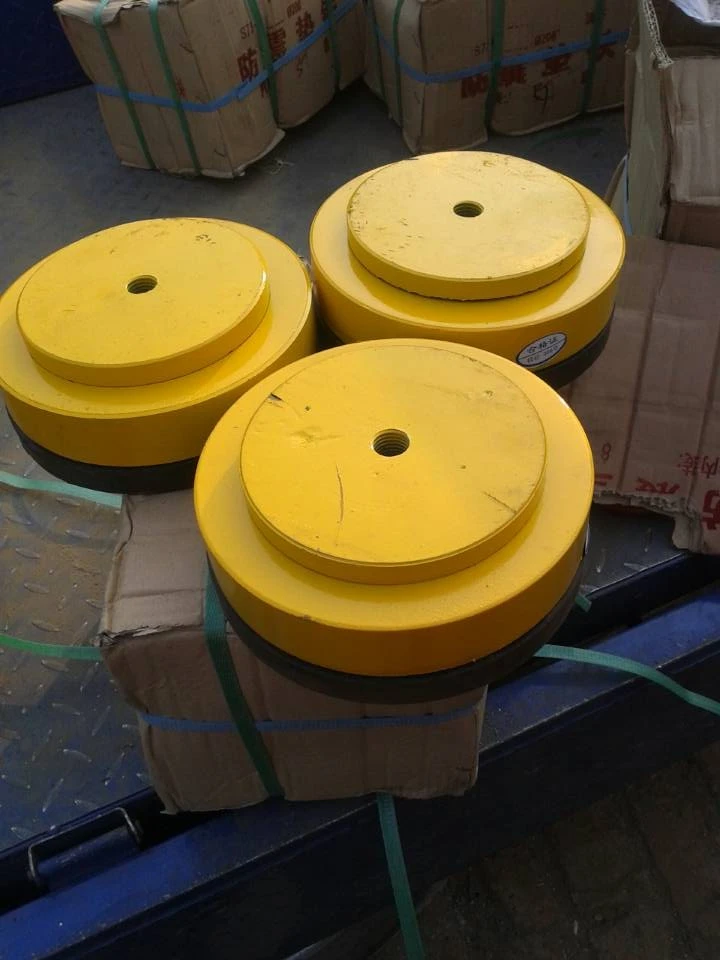ඔක්. . 10, 2024 04:24 Back to list
pilot controlled check valve
Understanding Pilot Controlled Check Valves
Pilot controlled check valves are essential components in hydraulic systems that enhance performance and efficiency. These valves play a critical role in various industrial applications by allowing fluid flow in one direction while preventing backflow, but with an added twist they can be controlled remotely. This article delves into the mechanism, advantages, applications, and considerations for using pilot controlled check valves.
Mechanism of Operation
The pilot controlled check valve operates on a unique principle. It integrates a conventional check valve with a pilot-controlled mechanism. In a typical check valve, flow can only move in one direction, and any reverse flow closes the valve immediately, preventing any fluid from escaping. However, a pilot controlled check valve can be opened or closed based on an external signal, usually from a hydraulic pilot line.
When the fluid flows in the intended direction, the valve opens, allowing unrestricted passage. If there is an attempt at reverse flow, the valve automatically closes to prevent backflow. The pilot line can apply pressure to the control mechanism, which can temporarily override the closing action of the valve. This feature is crucial for systems requiring controlled operation, where reversing fluid flow for maintenance or operation is sometimes necessary.
Advantages
One of the primary advantages of pilot controlled check valves is their ability to enhance system reliability and functionality. Traditional check valves often struggle in environments where fluctuating pressures and dynamic flow conditions exist. In contrast, pilot controlled valves can adapt to varying system conditions, maintaining performance consistency.
Moreover, these valves contribute to energy efficiency. By reducing spillage and ensuring that only the necessary amount of fluid is used, they optimize hydraulic systems. They also decrease wear and tear on system components by preventing shocks caused by backflow, ultimately extending the lifespan of hydraulic equipment.
Another significant benefit is their compact design. Pilot controlled check valves can often be integrated into systems without requiring a significant increase in space or additional plumbing, making them suitable for compact machinery or systems where space is at a premium.
pilot controlled check valve

Applications
The versatility of pilot controlled check valves makes them suitable for a wide range of applications. They are widely used in hydraulic circuits, such as those in construction equipment, manufacturing systems, and aerospace applications. These valves control the movement of hydraulic actuators in cranes, excavators, and other heavy machinery, facilitating smooth operation while minimizing the risk of accidents caused by unintended backflow.
In manufacturing processes, pilot controlled check valves can regulate the flow of hydraulic fluids, ensuring that machinery operates at optimal pressure and flow rates. In fluid power systems, they help maintain stable operating conditions, which are critical in high-precision environments like aerospace and automotive industries.
Considerations for Use
While pilot controlled check valves offer numerous benefits, several factors must be considered when incorporating them into a hydraulic system. First, it is crucial to select the correct valve size and specifications for the application to ensure optimal performance. An incorrectly sized valve can lead to inefficient operation and potential system failure.
Another consideration is the quality of materials used in constructing the valves. Resistance to wear, corrosion, and hydraulic fluid compatibility are essential to ensure longevity and reliability.
Finally, proper installation and maintenance are crucial. Ensure that the pilot lines are correctly routed and that the valves are regularly inspected for wear and proper operation.
Conclusion
Pilot controlled check valves are a significant advancement in hydraulic technology, offering functionality and reliability that traditional check valves cannot match. Their ability to control flow precisely and prevent backflow makes them essential in modern hydraulic systems across various industries. As technology continues to evolve, the role of these valves is likely to expand, ensuring efficient and safe operation in increasingly complex systems. Understanding their operation, advantages, applications, and considerations is crucial for engineers and technicians working to optimize hydraulic systems.
-
Surface Plate Maintenance Best Practices for LongevityNewsJun.27,2025
-
Historical Evolution of Iron Surface Plates in Industrial MetrologyNewsJun.27,2025
-
Cast Iron Y Strainer Safety StandardsNewsJun.27,2025
-
Blockchain Verification for Gauge Tool Certification IntegrityNewsJun.27,2025
-
Advantages of Triple Offset Butterfly Valve Types in High-Pressure SystemsNewsJun.27,2025
-
Wear Resistance Strategies for Trapezoidal ThreadsNewsJun.26,2025
Related PRODUCTS









